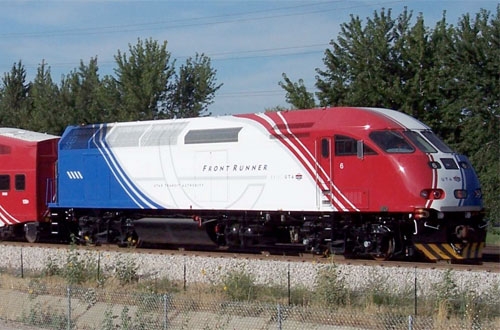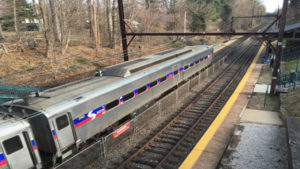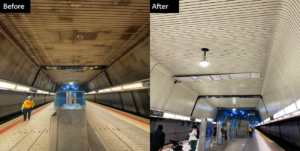Siemens-sponsored study shows commuter projects have paid off for Salt Lake City region
Written by Jenifer Nunez, assistant editor
A public transportation technology partnership between Salt Lake City and Siemens has resulted in 1,300 new jobs that have spurred an estimated $225 million in value to the local economy, according to a Siemens-sponsored study conducted by the Economic Development Research Group.
“The Siemens cars that form the backbone of our TRAX light-rail system and recently opened S-Line Streetcar here in Salt Lake City are reliably getting tens of thousands of our residents where they need to go every day,” said Salt Lake City Mayor Ralph Becker. “Siemens technology is integral in our efforts to get cars off the roads, address our local air quality challenges and continue to improve the livability and sustainability of our community.”
Since 1996, Siemens has manufactured and delivered 117 light-rail vehicles for Utah Transit Authority’s (UTA) TRAX light-rail streetcar lines. The company is building the customized light -rail vehicles out of its 800-person rail manufacturing hub in Sacramento, Calif. Results indicate that the light-rail extension reduced residents’ dependence on private vehicles and spurred high-density development, thereby decreasing the region’s carbon footprint, improving local air quality and proactively managing traffic congestion.
The study looked beyond well-documented short-term spending effects to also examine long-term economic benefits like spatial efficiency, private sector investment and cost savings that are reinvested elsewhere. For instance, major companies including Adobe, eBay, Goldman Sachs, Overstock.com and Workday have made office location decisions based, in part, by proximity to the TRAX and FrontRunner stations.
“Siemens has been a great partner for our TRAX light-rail system,” said UTA President and Chief Executive Officer Michael Allegra. “TRAX has been reliable and a success by any measure with some of the highest ridership numbers in the entire UTA system. The economic development along our lines has been steady and a huge benefit to the entire community.”
Researchers prepared the study using IMPLAN, an economic modeling system used by more than 500 U.S. public and private agencies. The system uses economic data specific to certain industries and regions to translate direct economic effects into spinoff effects.





